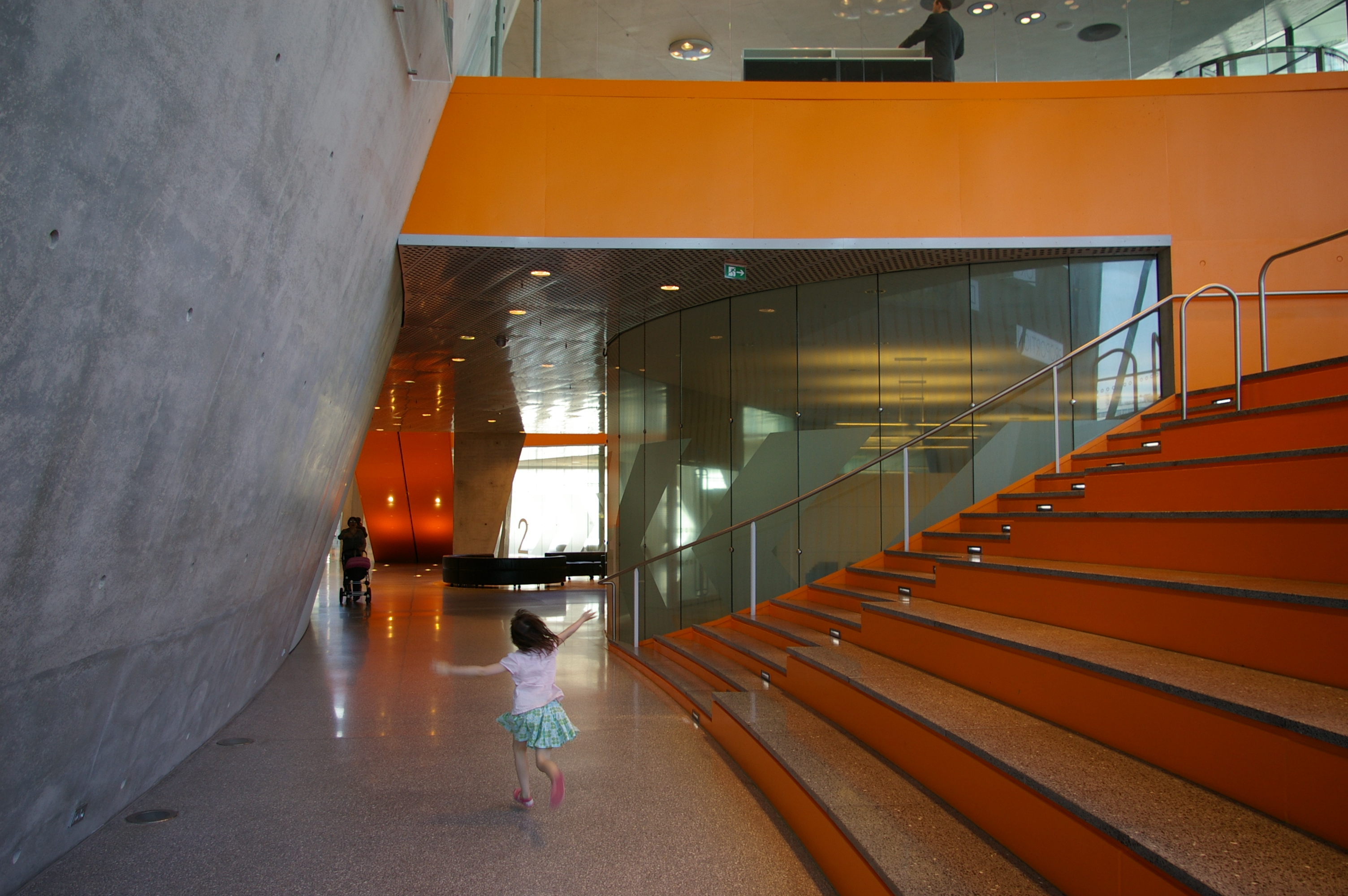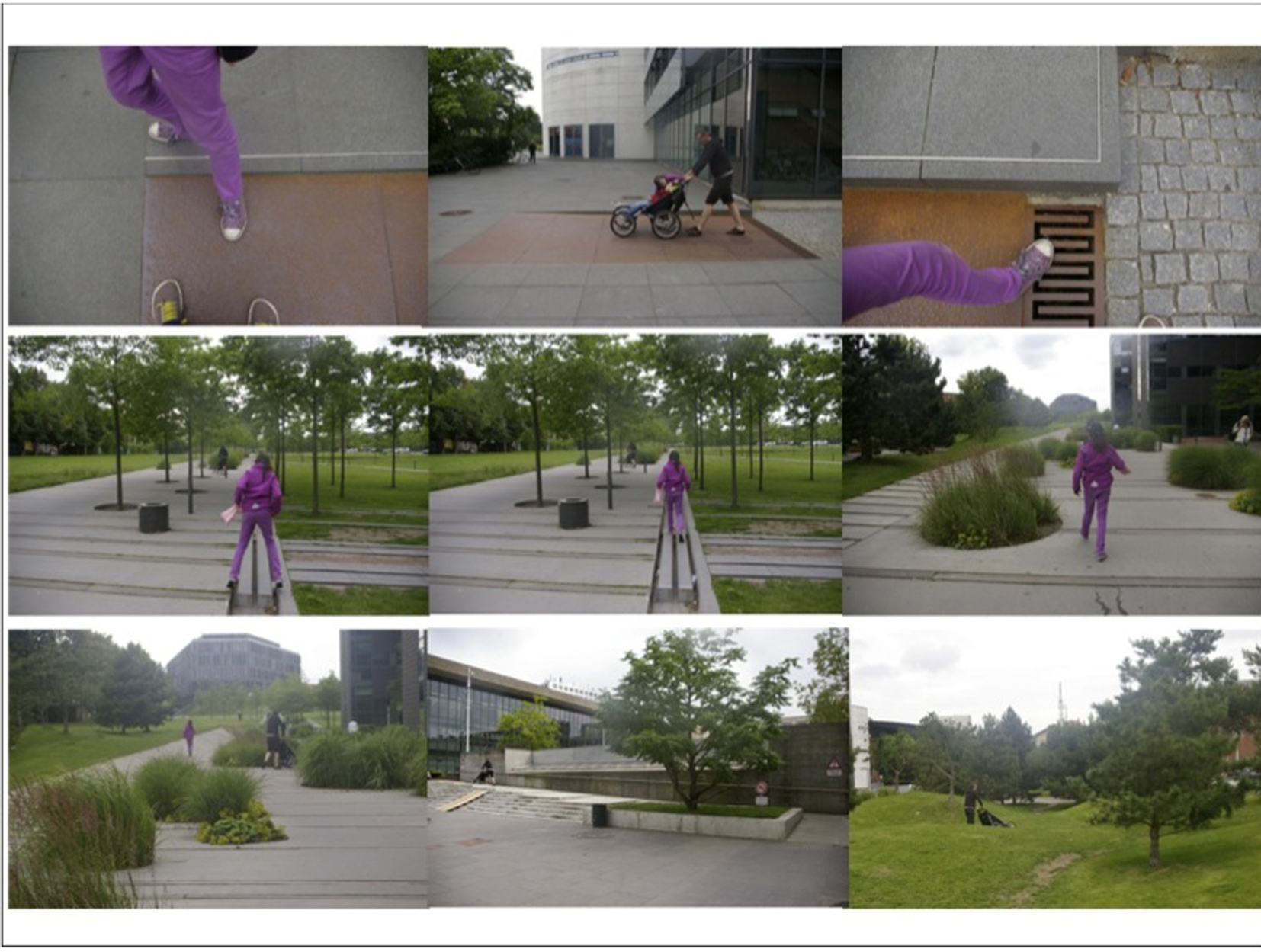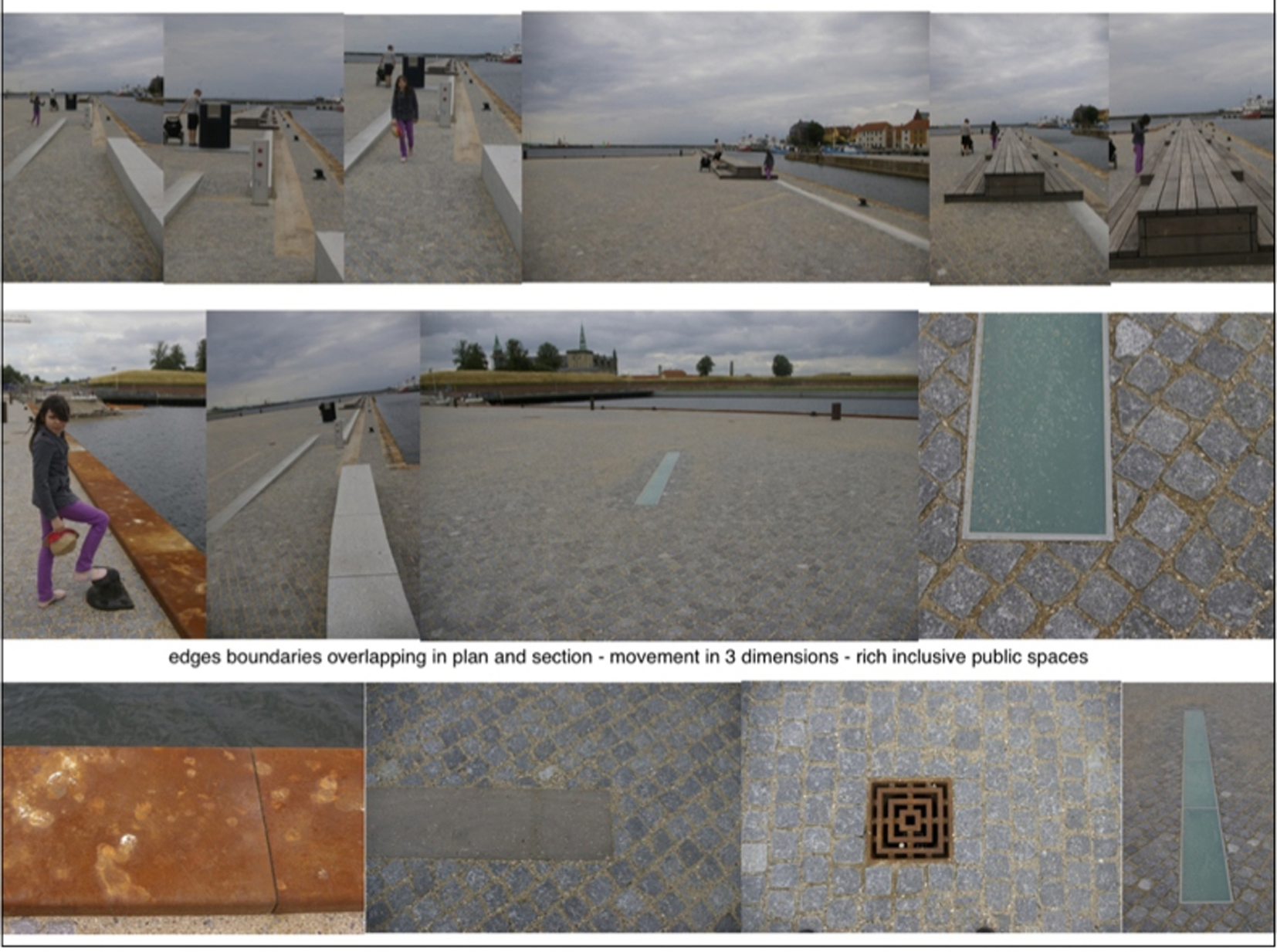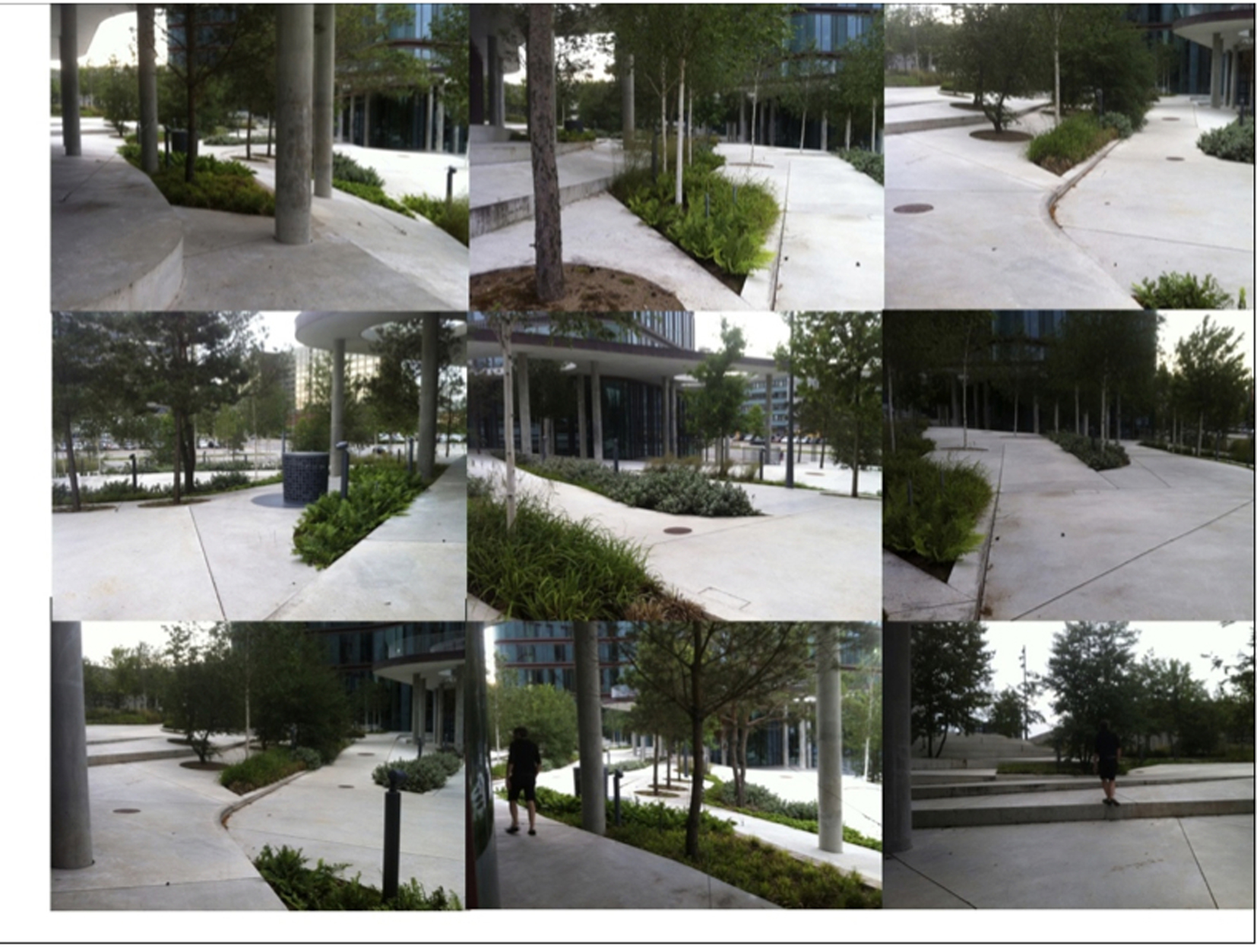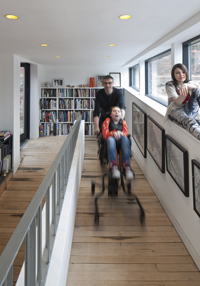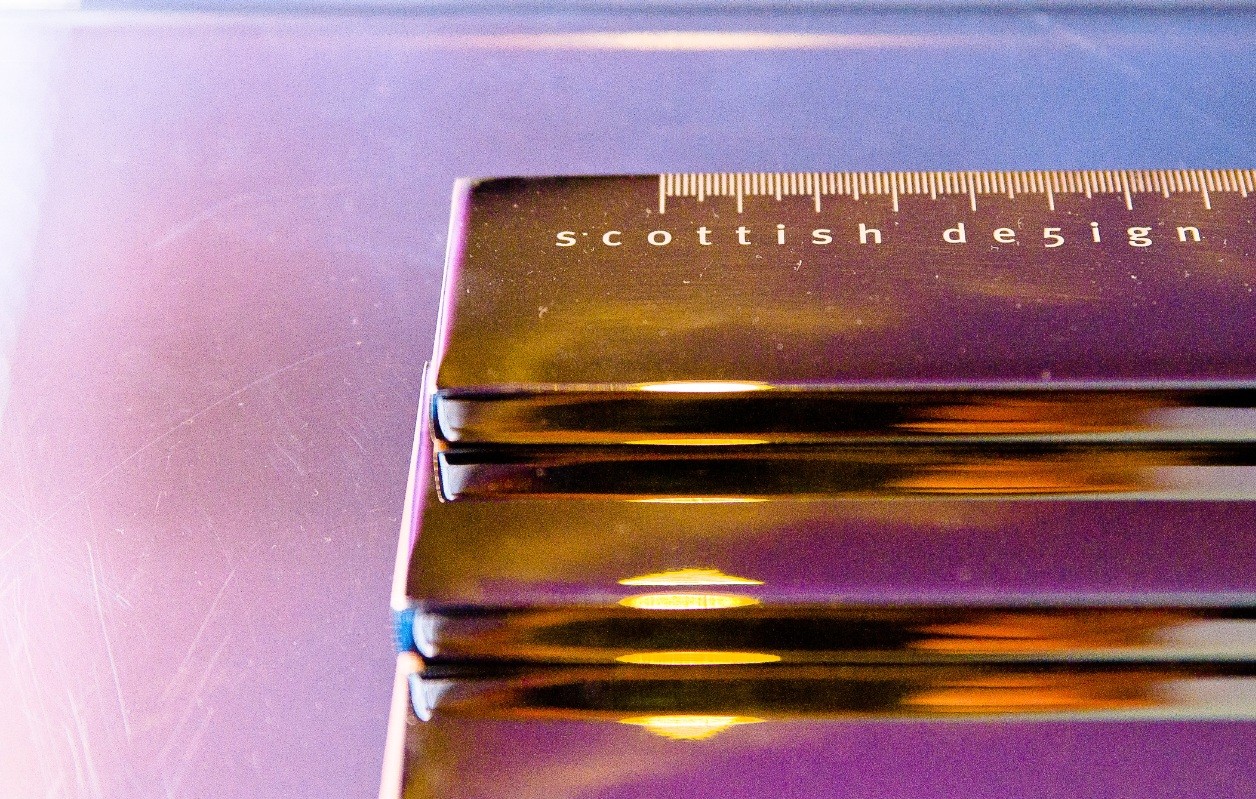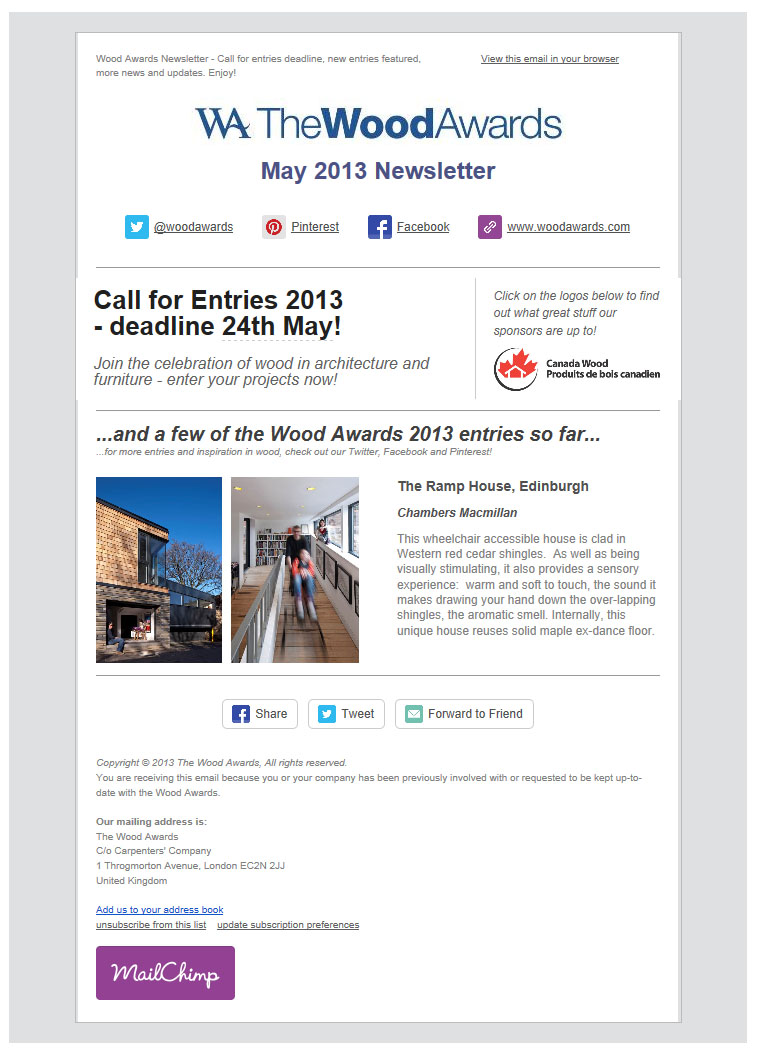News
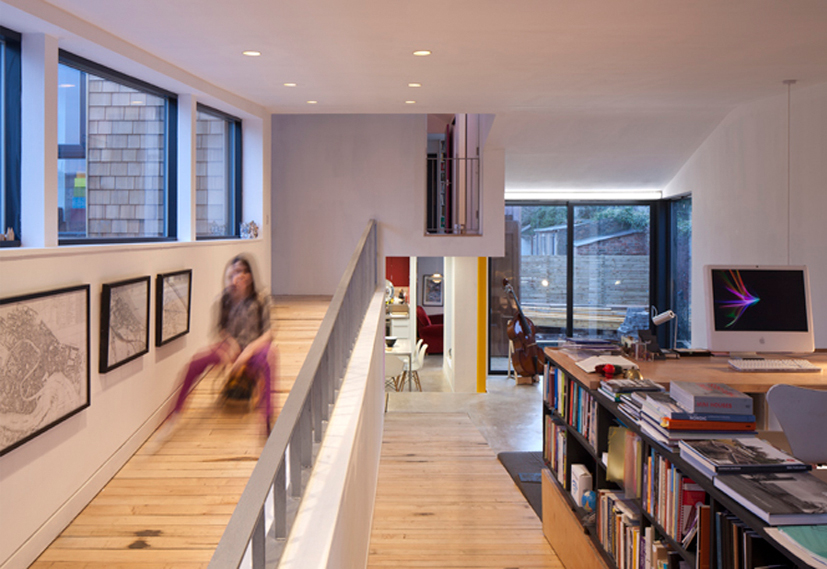
The new architecture policy is called Creating Places, which immediately conjures an image of places which are inclusive and rich in design: unfortunately the document itself fails to discuss (let alone promote) both the necessity and the creative benefits of designing physically accessible places. Whilst Scotland is very keen to look to Denmark for inspiration, unfortunately this document doesn’t look hard enough at what would actually make these places successful.
Having been part of the consultation process for the new policy, and having been disappointed at the complete lack of any mention of accessibility in the finished document, I was very happy to be asked by the Architects Journal for my views on it:
I was involved in the consultation process, and was also part of a focus group which met to specifically discuss accessibility (Consultation on inclusive access as part of the development of the Scottish Government’s new policy on architecture and placemaking) but as you will notice from reading the policy, very little of this is reflected in the finished document, even though it was a varied group, and we had a constructive and broad-reaching discussion.
So my comment on the new Scottish architecture policy is that in order to make ‘successful places’, physical accessibility and inclusion needs to be considered at every point in the process. Not only is this fair and necessary, but thinking differently, designing places where barriers are removed opens up opportunities of moving through spaces differently, particularly important with Scotland’s changing demographic. Design that starts from a base of inclusivity and accessibility offers a much richer environment for everyone. You only need to experience some of the public spaces in Copenhagen (eg. SEB Bank and Pension, otherwise know as the skaters park, or Snohetta’s Opera House in Oslo)
Accessibility is only really mentioned right at the end of the document, in passing, whereas it should both permeate everything that is written, and have its own section (just like sustainability, cultural connections, and engagement). This lack doesn’t surprise me really given that RIAS refuse to let our practice state accessible design as one of our specialisms, but if Scottish Government are going to bring together people to discuss accessibility and inclusion, and if they are going to continually invite people from Denmark as keynote speakers, because they admire their approach to place making, then they need to think about how accessibility effects both positively and negatively every space that we design and use. The front page mentions how architecture should “enrich our lives as individuals and as a society” and this would have been a perfect opportunity to introduce inclusive design as a constructive and forward looking idea.
Scottish Design Awards 2013 – At this years award ceremony at the Radison Blu in Glasgow, we were absoloutely delighted to be first up on the stage and the winners of ‘Residential’ category for our wheelchair accessible family home: The Ramp House. Later on in the evening all the winners of architectural awards were put forward for the Chairmans Award for Architecture – Given the exceptional standard of all the work and the renown architectural practices, we were totally overwhelmed, and absolutely delighted, to also win this award.
A nice reminder that the wood awards are still open to submissions: not sure if they included our (already submitted) Ramp House as a challenge (beat this) or as a provocation (this is all we have so far). Either way its a bit of publicity, so we are not complaining. Ian’s entry was written from Greta’s point of view: the touch, sound and smell of the wood being just as important as how it looks: towards a sensory architecture.
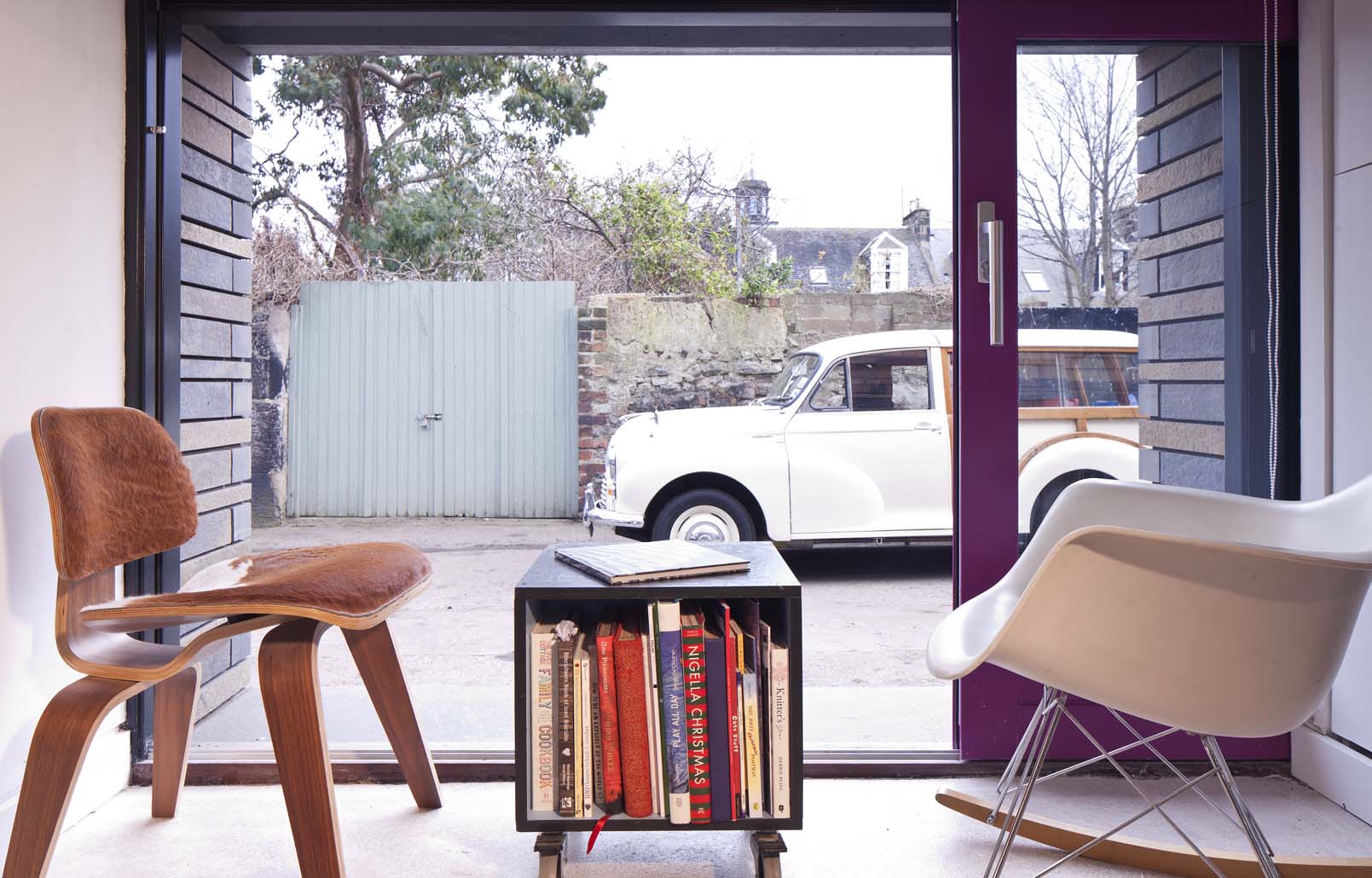
 Stroll along to your nearest newsagent in the friday lunchtime sun, and pick up the new copy of Homes and Interiors Scotland. We are in the first feature, This Life, five double page spreads. The best bit was answering their questions and answers:
Stroll along to your nearest newsagent in the friday lunchtime sun, and pick up the new copy of Homes and Interiors Scotland. We are in the first feature, This Life, five double page spreads. The best bit was answering their questions and answers:
Edinburgh’s best kept secret: The Skylark restaurant and bar on the High Street: its Manhattan meets Portobello.
Seeking inspiration: we walk along Portobello beach. Our morning coffee stop is the Beach House Cafe – the sea view is fabulous after the school drop off.
Ramp House_Homes and Interiors May_June 2013

